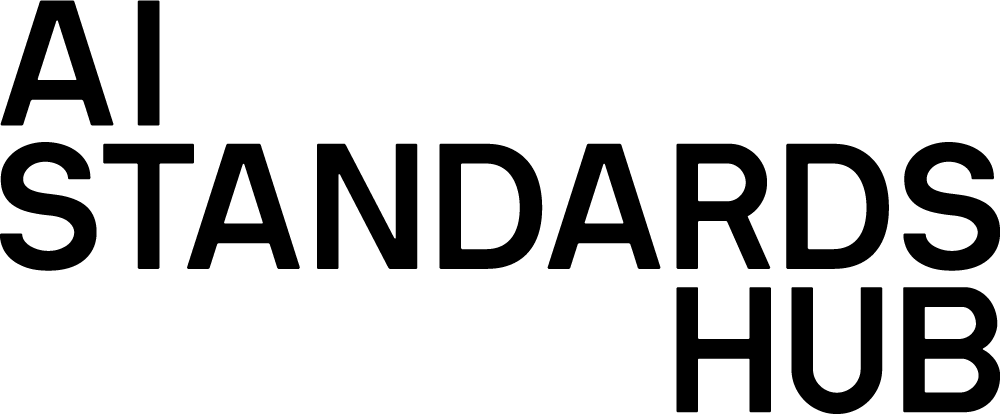The development and application of federated machine learning are facing the critical challenges about how to balance the tradeoff among…
United States
IEEE P3193
Recommended Practice on Large-scale Pre-trained Deep Learning Model Application Framework
This recommended practice provides a framework for the use of large-scale pre-trained deep learning models, including approaches, taxonomies, related roles,…
This guide defines a machine learning framework that allows a computing task to be decomposed and distributed across edge and…
IEEE P3142
Recommended Practice on Distributed Training and Inference for Large-scale Deep Learning Models
This recommended practice specifies principles, approaches, and key performance indicators for distributed training and inference of large-scale deep learning models.…
This guide provides data contribution measurement methods for federated machine learning. The document provides guidance with respect to data trading…
This standard establishes a comprehensive framework for mitigating security risks, privacy leaking in the development, deployment, and use of generative…
IEEE P3462
Recommended Practice for Using Safety by Design in Generative Models to Prioritize Child Safety
This recommended practice follows a safety by design approach by providing recommendations for developing, deploying, and maintaining generative artificial intelligence…
This standard provides definitions, terms, frameworks, and general requirements for systems that apply pre-trained large language models (LLM) in the…
This standard specifies a domain-specific architecture for Large Language Models (LLMs) Management Platforms that includes: functional, service, and deployment requirements.…
This recommended practice provides a holistic framework for AI foundation models. The framework allows sharing of the common computing resources,…
The recommended practice outlines a process model that leverages artificial intelligence imaging and data processing technologies for improved emissions information…
IEEE P3429
Recommended Practices for Levels of Artificial Intelligence Generated Content Technologies
This recommended practice provides an overview of Artificial Intelligence Generated Content (AIGC) technologies, levels of those AICG technologies and defines…


